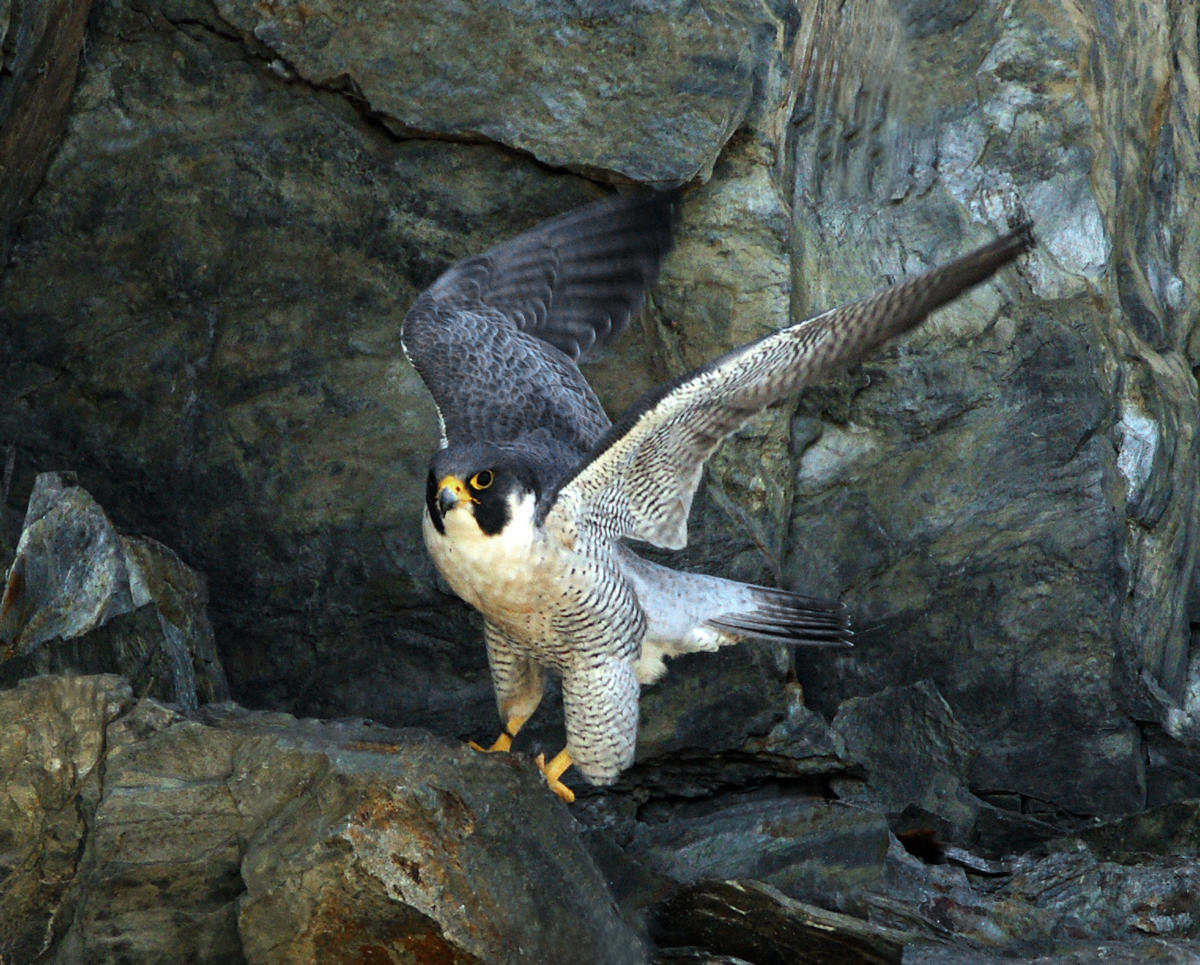Stamp: Symbols of Liberty: Falcon (Kingdom of Serbs, Croats and Slovenes 1919)
Symbols of Liberty: Falcon (Kingdom of Serbs, Croats and Slovenes 1919)
15 January (Kingdom of Serbs, Croats and Slovenes ) within release Issue for Croatia goes into circulation Stamp Symbols of Liberty: Falcon face value 3 Hungarian korona
| Stamp Symbols of Liberty: Falcon in catalogues | |
|---|---|
| Michel: | Mi:YU 96A |
Stamp is vertical format.
Also in the issue Issue for Croatia:
- Stamp - Sailor and Flag face value 20;
- Stamp - Symbols of Liberty: Peace Angel face value 2;
- Stamp - Sengel peace face value 2;
- Stamp - Symbols of Liberty: Peace Angel face value 3;
- Stamp - Sengel peace face value 3;
- Stamp - Symbols of Liberty: Peace Angel face value 5;
- Stamp - Sengel peace face value 5;
- Stamp - Sailor and Flag face value 10;
- Stamp - Sailor with flag and Falke face value 10;
- Stamp - Sailor with flag and Falke face value 20;
- Stamp - Sailor and Flag face value 25;
- Stamp - Sailor and Flag face value 45;
- Stamp - Symbols of Liberty: Falcon face value 1;
- Stamp - Symbols of Liberty: Falcon face value 3;
- Stamp - Falcon as a symbol of freedom face value 5;
- Stamp - Newspaper stamp face value 2;
Stamp Symbols of Liberty: Falcon it reflects the thematic directions:
Birds (Aves), a subgroup of Reptiles, are the last living examples of Dinosaurs. They are a group of endothermic vertebrates, characterised by feathers, toothless beaked jaws, the laying of hard-shelled eggs, a high metabolic rate, a four-chambered heart, and a strong yet lightweight skeleton. Birds live worldwide and range in size from the 5 cm (2 in) bee hummingbird to the 2.75 m (9 ft) ostrich. They rank as the class of tetrapods with the most living species, at approximately ten thousand, with more than half of these being passerines, sometimes known as perching birds. Birds are the closest living relatives of crocodilians.
Birds of prey or predatory birds, also known as raptors, are hypercarnivorous bird species that actively hunt and feed on other vertebrates (mainly mammals, reptiles and smaller birds). In addition to speed and strength, these predators have keen eyesight for detecting prey from a distance or during flight, strong feet with sharp talons for grasping or killing prey, and powerful, curved beaks for tearing off flesh. Although predatory birds primarily hunt live prey, many species (such as fish eagles, vultures and condors) also scavenge and eat carrion
Animals are multicellular, eukaryotic organisms of the kingdom Animalia (also called Metazoa). All animals are motile, meaning they can move spontaneously and independently, at some point in their lives. Their body plan eventually becomes fixed as they develop, although some undergo a process of metamorphosis later on in their lives. All animals are heterotrophs: they must ingest other organisms or their products for sustenance.
Adult falcons have thin, tapered wings, which enable them to fly at high speed and change direction rapidly. Fledgling falcons, in their first year of flying, have longer flight feathers, which make their configuration more like that of a general-purpose bird such as a broad wing. This makes flying easier while learning the exceptional skills required to be effective hunters as adults.
A symbol is a mark, sign, or word that indicates, signifies, or is understood as representing an idea, object, or relationship. Symbols allow people to go beyond what is known or seen by creating linkages between otherwise very different concepts and experiences. All communication (and data processing) is achieved through the use of symbols. Symbols take the form of words, sounds, gestures, ideas, or visual images and are used to convey other ideas and beliefs. For example, a red octagon is a common symbol for "STOP"; on maps, blue lines often represent rivers; and a red rose often symbolizes love and compassion. Numerals are symbols for numbers; letters of an alphabet may be symbols for certain phonemes; and personal names are symbols representing individuals.





